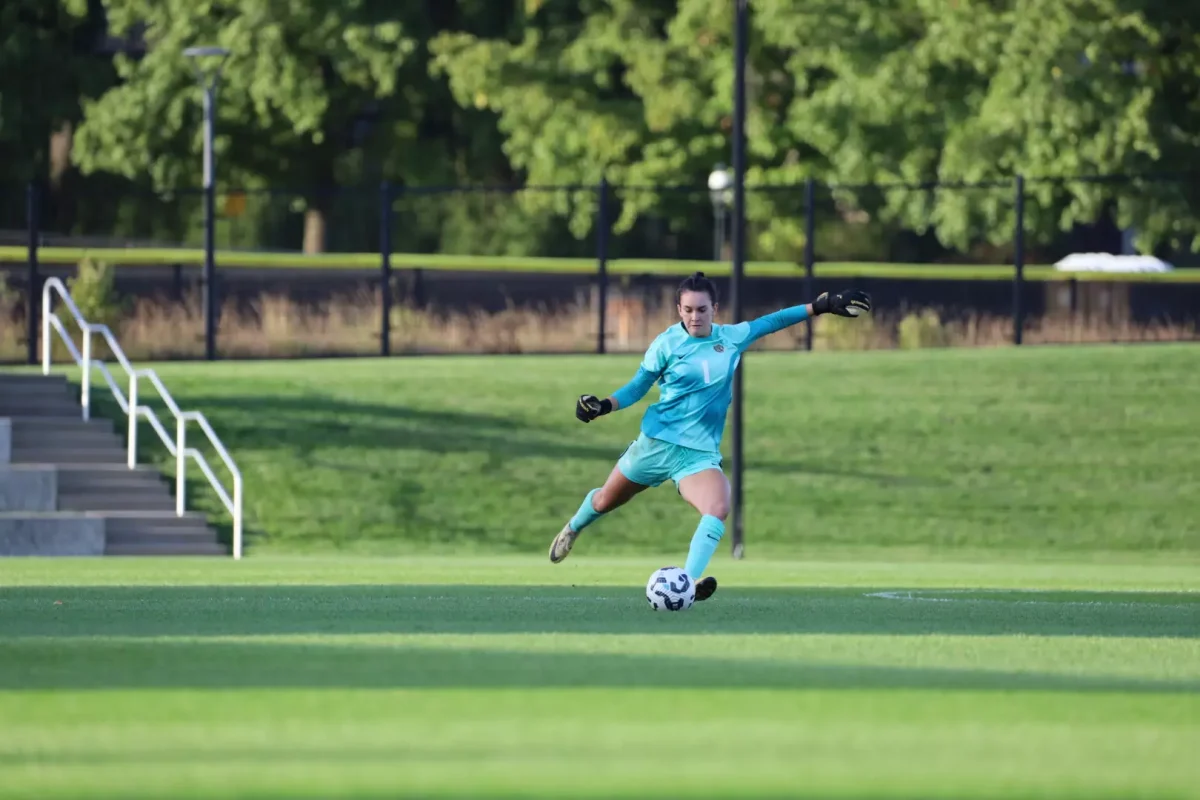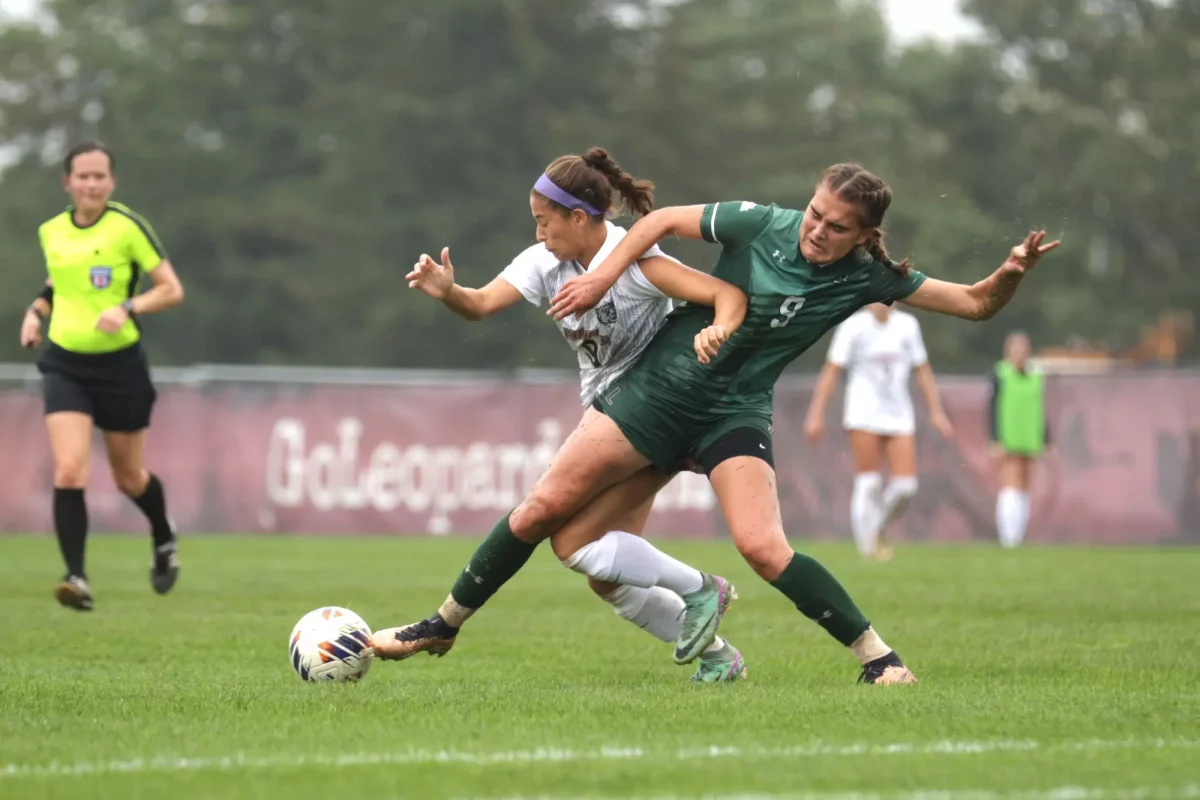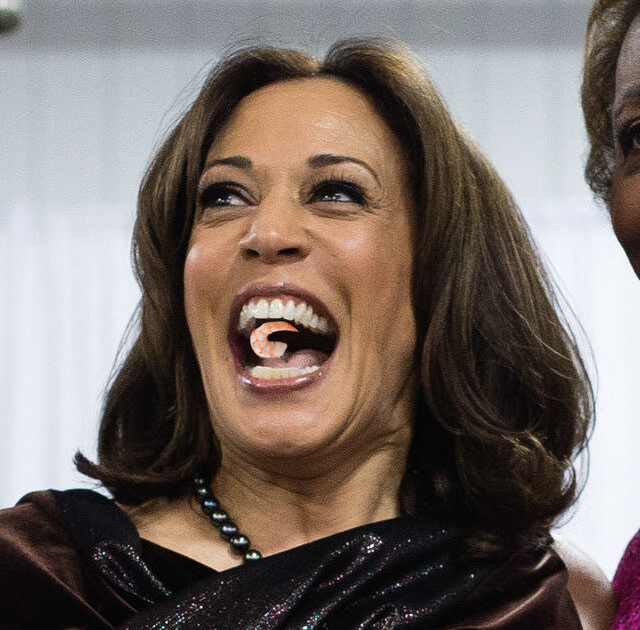New campus organization works to provide bone marrow matches
Michael Barton was diagnosed with Leukemia as a child but lived five years longer than projected because of transplants matched through the bone marrow donation registry Gift of Life. Now his sister, Alex Barton ‘18, is bringing a branch of Gift of Life to Lafayette.
Gift of Life is a non-profit, bone marrow foundation that is aims to find bone marrow or stem cell matches for patients in need. The organization simply swabs the inner cheeks of volunteers, whom they enter into a worldwide database of potential bone marrow donors.
Gift of Life recently recognized the Lafayette chapter of their organization, said Barton, who acts as the campus ambassador. Her task as campus ambassador is to cheek swab and register 500 people each semester into the bone marrow registry at Lafayette and in the surrounding Lehigh Valley communities.
The swabbing takes 60 seconds and requires to the person to swab in each quadrant of their mouths for about 10 seconds, said Barton. Once the participants contact and medical information is in the registry, they will be contacted if there is a match.
Emily Kim ‘19, a volunteer, explained the process as “short and easy”. If matched, she would be a donor and emphasized the rare opportunity to provide something valuable for someone else.
Lafayette is one of many schools with campus ambassadors acting on behalf of Gift of Life. The organization has implemented the campus ambassador program with at least 100 ambassadors nationwide to reach youth donors, said Nicholas Hudson, the project manager of the foundation.
“The reason why we are having college student swabbing is because generally people who are younger are better matches for people who are sick,” Hudson said.
Younger donors produce more blood-forming stem cells, and they are thus more likely to be of use to someone, said Barton. Youth aged 18 – 24 make the best potential donors. This makes the speed swabbing kit more ideal for the younger and college students.
Along with the youth, the organization also hopes to register ethnic minorities who are underrepresented, said Lessie Connors ‘18, secretary of the Lafayette’s chapter.
“There are not enough donors of mixed race and different ethnicities in the pool that is available right now,” Hudson said. “Someone who is Caucasian has greater than 97 percent of finding a match…someone who is African American, the number decks to below 50 percent.”
“We are really looking for people from diverse backgrounds because diverse genetic variability increases the likelihood of people finding matches,” Connors said. A recipient is likely to match with a donor with similar ethnic background.
When asked about the obstacles faced by the organization, all members expressed difficulty in erasing the misconception of bone marrow transplant as a painful and extensive procedure.
“[80 process of the people donate through a process] just like giving blood,” said Hudson.
For Barton, getting students involved in Gift of Life is a way of giving back in his brother’s memory. “I got involved because I wanted to continue giving back so more people can have matches like my brother needed,” Barton said.
Hudson shared his own path towards Gift of Life.
“I was a donor myself,” he said. “I got swabbed when I was in college and I ended up donating a year and a half later for a boy who had leukemia. Today, he’s 12 years old and completely healthy.”
Barton has used 150 swab kits of her target of 500. The organization plans to get more volunteers by attending events such as Fall Fest and the blood drive.

















































































































